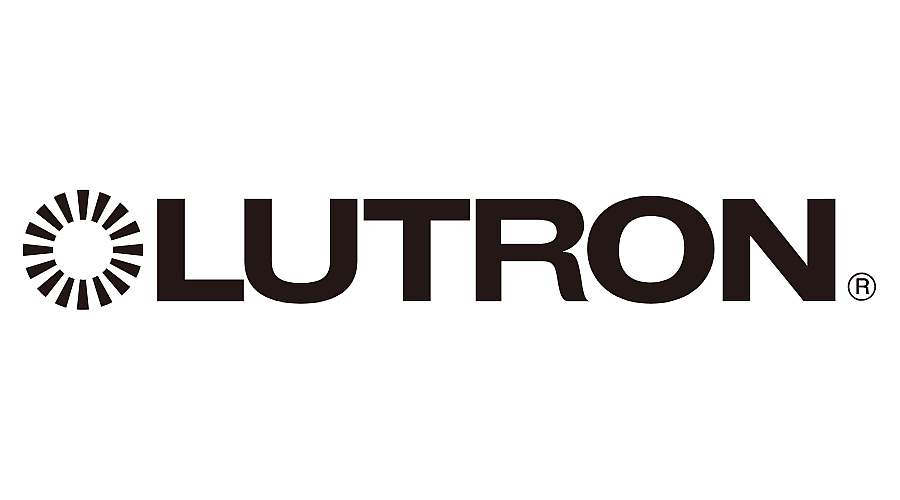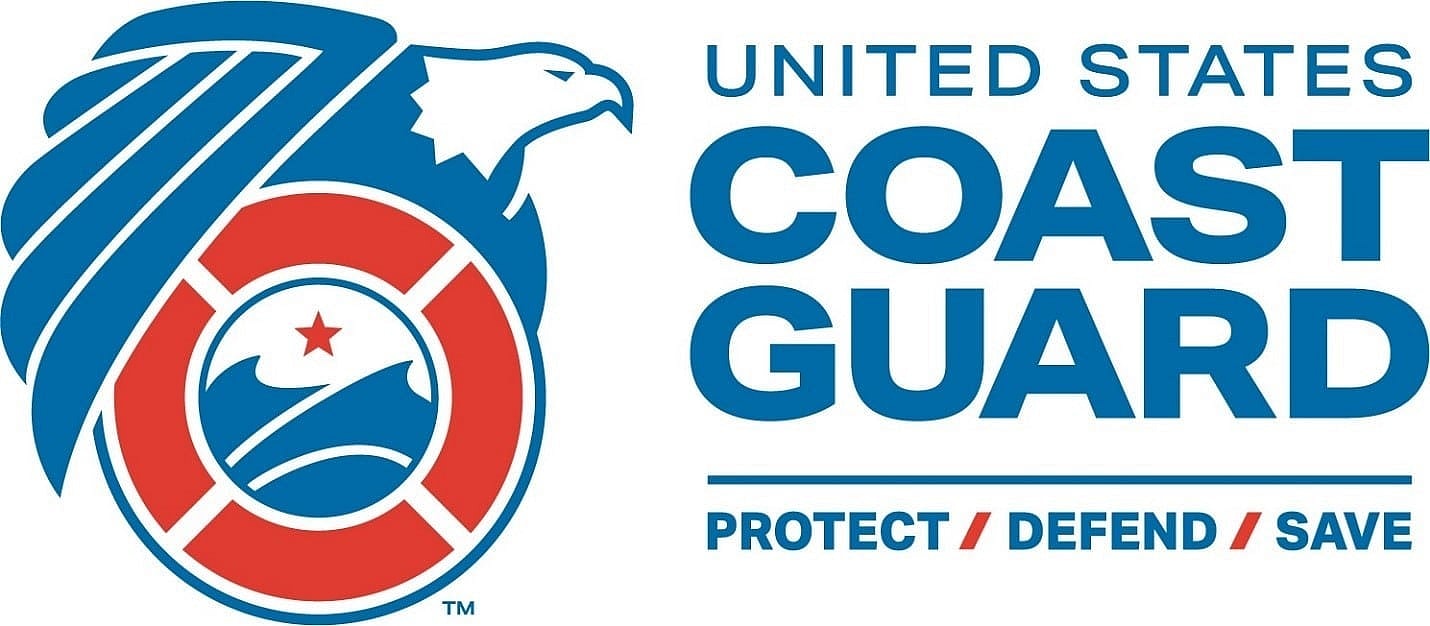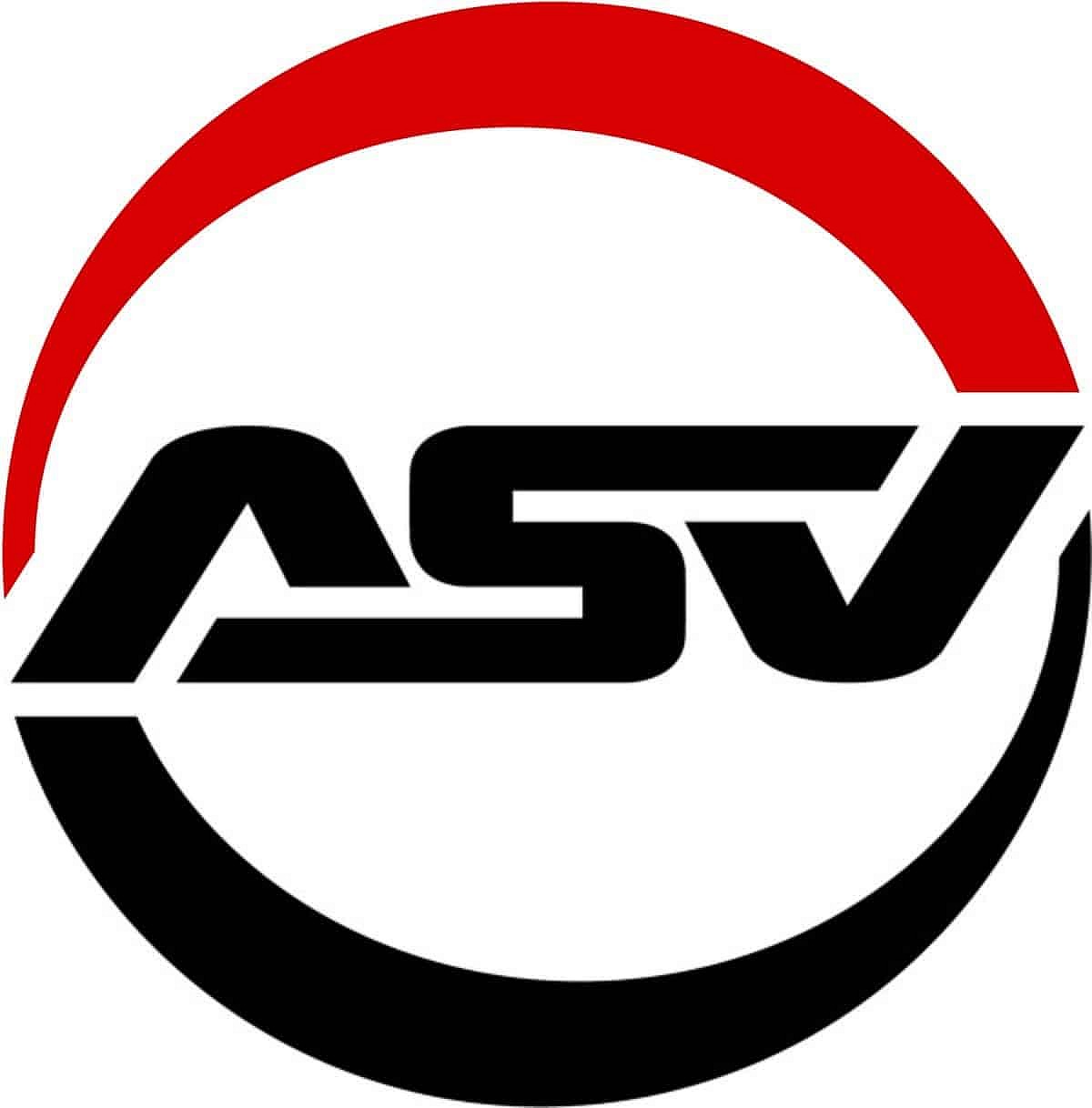Professional Insights: Best Practices in Pool Bonding
Understanding Pool Bonding Requirements
Ensuring Safety and Compliance According to the National Electrical Code (NEC)
When it comes to the safety of swimming pools, proper bonding is a crucial aspect that cannot be overlooked. Pool bonding involves connecting metal components within and around the pool to establish a common electrical potential, thereby reducing the risk of electrical shock. This article aims to provide a comprehensive understanding of pool bonding requirements, detailing what needs to be bonded and referencing the relevant sections of the National Electrical Code (NEC).
This article is written from the point of view of an engineer/inspector, performing pool inspections in Texas. Other jurisdictions can have different requirements, and it’s always best to speak to a locally licensed professional.
Why Pool Bonding is Essential
Bonding is a safety measure designed to prevent electrical shock by ensuring that all metal components within the pool environment are at the same electrical potential. Without proper bonding, differences in potential between these components could lead to dangerous electric currents passing through the pool water or other conductive surfaces, posing serious risks to swimmers.
NEC References for Pool Bonding
The NEC provides detailed guidelines on pool bonding in Article 680 – Equipotential Bonding. Key sections include:
Article 680.26(A) – Performance
This section sets up the equipotential bonding requirements. The goal here is to reduce all voltage gradients around the pool structure. This can be thought of as the overarching goal of this section. It’s important to stop and recognize these types of goal-setting code sections and make sure to keep it in mind when you read the rest of this code portion or when constructing or inspecting a pool.
For instance, if an independent concrete slab were around the pool and connected to the residence’s ufer/slab grounding system only, and then the immediate vicinity around the pool connected to an ungrounded bonding-only system out to the 3′ requirement? The result would be the potential for voltage gradients across the interface, so it would be wise not to construct it that way. In such a case, a prudent action would be to ensure the bonding system is grounded, which is recommended by Dreiym for almost all cases, but consult your designing engineer.
Article 680.26(B) – Bonded Parts
Here, the NEC details the bonding of perimeter surfaces. It describes the methods and materials that must be used to bond surfaces within 5 feet of the pool’s edge.
- Article 680.26(B)(1) – Pool Shell
The pool shell must be bonded and comprised of either (a) structural reinforcing steel or (b) 8 AWG bare solid wire. If the steel is encapsulated in a non-conductive compound, a copper conductor grid is required. Once a shell is poured, it can be difficult to certify that the steel is not coated in a non-conductive compound, or any paints used are also ionically conductive. Some pools use coated reinforcing steel for long-term corrosion protection. If you have coated rebar, a copper grid should be used to supplement the pool shell’s bonding system.
Quick Note: Corrosivity of the Rebar in Concrete Saturated with Water and Chlorine
As an aside, the combination of uncoated rebar along with ionically conductive interior paints may reduce the life of a concrete pool due to corrosion attacks on the rebar. Concrete’s alkaline nature does reduce this effect for a good period of time, but not indefinitely. Metal corrodes when it gives off conventional electrical current into an electrolyte. This type of reaction happens naturally between steel rebar and copper, with the steel corroding and the copper being cathodically protected through galvanic action, and can be accelerated by the presence of pool water.
If you wish to prolong the life of a concrete structure, proper protection of the rebar is suggested. With a pool, adequate water conductivity can be achieved with a water bond fitting, which can also be inspected and replaced periodically. Dreiym routinely consults with businesses and owners who are experiencing corrosion on a concrete structure’s steel supports.
If you wish to construct a new pool, ask your builder about non-conductive coatings on the steel reinforcement. We recommend leaving the upper decking uncoated, to allow for proper surface voltage gradient reduction, but be advised you may be required to install a copper grid extending out beyond the immediate decking as discussed later in this article, instead of a simple copper loop.
- Article 680.26(B)(2) – Perimeter Surface
The pool shell must be surrounded by a perimeter that extends out 1m (3 ft.) around the pool. You can achieve equipotential bonding in this area with a few methods.
- Structural reinforcing steel – such as a concrete walkway. The concrete needs to be bonded to the pool bonding and grounding system.
- A copper ring. Sometimes we refer to that as a “halo”, this copper ring must be connected to the pool at four locations. This ground ring must be 18 in to 24 in from the inside of the pool, and buried at a depth of 4 to 6 inches.
- When the pool shell is encapsulated in non-conductive materials, you are required to install a copper grid around the pool instead of a copper ring. This helps voltage gradients on the outside of a pool, when the pool shell itself may be electrically insulated from the ground. Note that it is not always possible to tell if the shell itself is encapsulated in a non-conductive material, with the decking rebar left bare (to allow for grounding connections). Engineers can perform certain types of tests to check for this, but this ultimately may come down to a judgment call by the engineer utilizing impressed faults around the pool.
- Article 680.26(B)(3) – Metallic Components
This one is often overlooked in our inspections. There can be many sources of metallic components around a pool, the obvious are water fall features, handrails, chair supports, umbrella supports, etc. These components should be attached to the ground system with a listed and rated connection, or preferably by exothermic weld. We recommend that welds are coated to prevent bi-metallic corrosion of the connection. Same all receipts and charge bodies for inspection if required.
- Article 680.26(B)(4) – Underwater Lighting
A major reason why the pool needs to be emptied for an inspection is that the lights require several different items to be confirmed as compliant. Proper grounding and bonding fall under that in this section.
- Article 680.26(B)(5) – Metal Fittings
Metal fittings require that they be bonded. Fittings can vary, and there is an exception for very small metal pool fittings (<4 inches in all dimensions) that do not penetrate the pool shell more than 1 inch. These types of small fittings can be common in certain purpose-built pool accessories, like pool cover anchors.
- Article 680.26(B)(6) – Electrical Equipment
All pool equipment must be bonded. There are some exceptions for double-insulated water pump motors and very large pool water heaters. Some equipment will have a bond point and a ground point. Be sure to carefully review the installation manuals of equipment.
Some notes are made in this section on how to connect motor equipment when the bonding system and grounding system are not electrically connected. We consider this a dangerous condition; every property should have only one grounding & bonding system, and they should be electrically continuous. In performing forensic engineering assignments, we see people shocked or electrocuted due to separate grounding & bonding systems. Proper engineering and design considerations can prevent circulating ground currents without the electrical separation of grounding systems. The grounding of the bonding system may need to be done by a licensed electrician in your jurisdiction, not a pool contractor. This can be a commonly overlooked item when no electrician has been hired for the construction work. A pool contractor without an electrician license should not perform this grounding work, incorrectly performed it can be dangerous. We have not yet noted a pool where the bonding and grounding systems were intentionally separated. This intersystem electrical grounding connection should only happen in one location, preventing circulating ground currents. If the bonding and grounding systems are separated, a licensed electrician should confirm the proper grounding of pool equipment where required prior to any inspections.
If you decide to keep a separate grounding and bonding system, the grounding system should only be worked on by a licensed electrician. Some jurisdictions allow non-electricians to work on pool bonding systems, but not on pool grounding systems. A licensed electrician should carefully check the pool pumps proper grounding on a separated system before any inspections. If you have a concrete slab around the pool structure that extends toward the home, the bonding system should be grounded to prevent voltage gradients between the slabs.
- Article 680.26(B)(7) – Fixed Metal Parts
This is another catch-all requiring the bonding of fencing, metal doors, metal window frames, metal awnings, and other similar metal structures in the area. Also sometimes overlooked are landscaping features, such as rock barriers. Again, we recommend exothermic welding where possible.
Article 680.26(C) – Pool Water
This section deserves an article of its own. The pool’s bonding system must be in “direct connection with the pool water”. The language can be vague and frustrating to many when it comes to the shell itself being the water bond. This most often comes down to a judgment call on the project, and whether other metallic structures or the pool shell is sufficient. We recommend that one is installed before any inspections you may have because they are cheap and fast to put into place. If numerous other issues are noted with a bonding system, an inspector is likely to require a separate water bond to ensure safety. This provides an inspectable and repairable water bonding feature for the pool. This added water bond can also allow for additional stray voltage testing in the future.
Testing
To test these systems, several things must be done.
- Empty the pool
- Expose the ground ring/grid at four locations around the pool. This includes the connection point and connection clamp used.
- Remove all lights from their sockets
With these tasks complete, an engineer can trace conduits, inspect lighting, and measure bonding resistances throughout the system. Several specialized tools are required to ensure that the pool is constructed correctly.
Engineering Assessments
If an engineer identifies many defects in a pool’s grounding/bonding system, they may need to see additional items beyond the National Electrical Code to achieve a safe installation. Think of it like a civil engineer putting additional supports under a support beam that they are concerned about. The goal here is to be careful, and make sure that the pool is safe for years of use. Unlike a sagging support beam, the consequences of poorly functioning grounding and bonding systems are usually not noticed until someone is injured. If the inspection shows problems with what can still be seen and inspected, the inspector’s concerns will naturally turn to what they can no longer see. Thankfully, there are many options available for many installations that are relatively inexpensive and do not require the complete removal of a pool’s concrete shell.
Conclusion
Understanding and complying with pool bonding requirements is essential for ensuring the safety of swimmers and the proper functioning of pool equipment. By following the guidelines set forth in the NEC, property owners and pool installers can create a safe swimming environment that minimizes the risk of electrical hazards.
For more detailed information and specific installation practices, always refer to the latest edition of the National Electrical Code and consult with a licensed engineer.












































